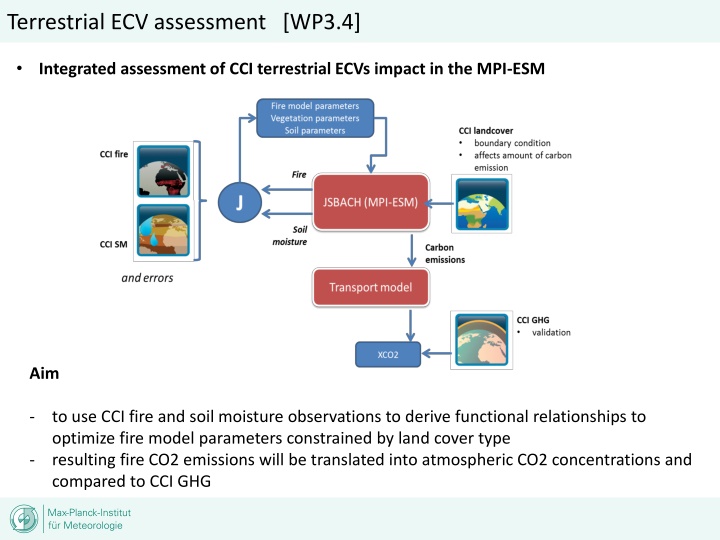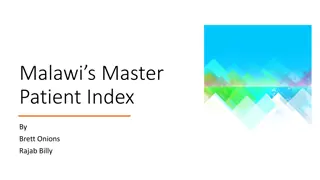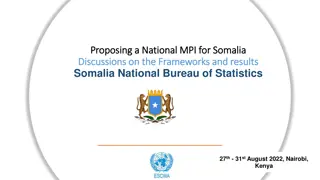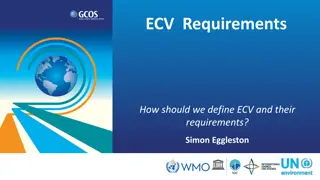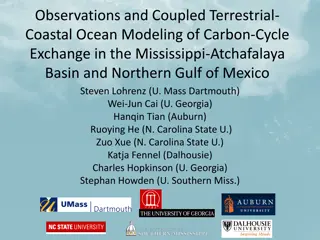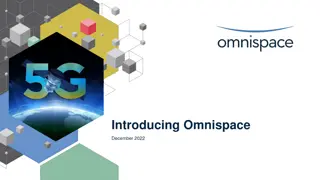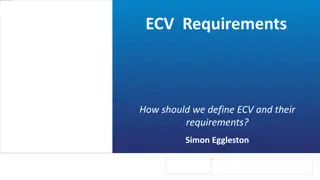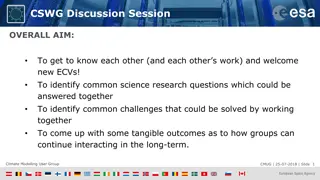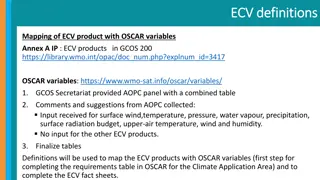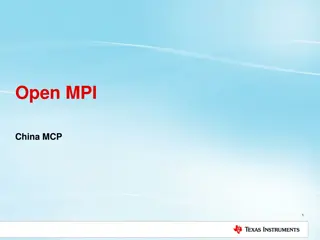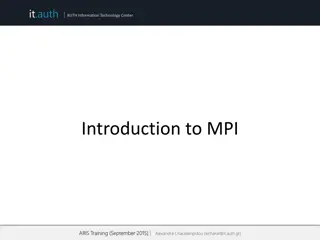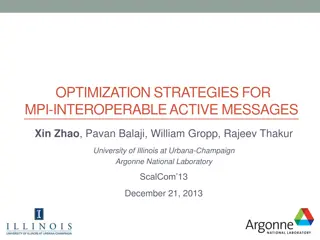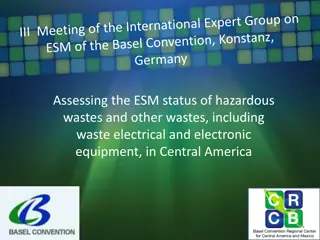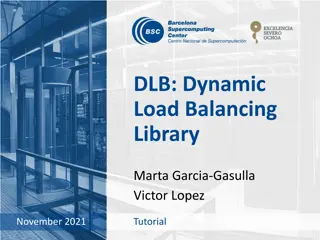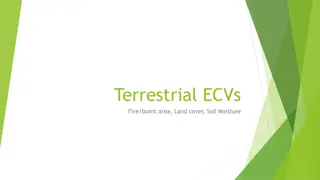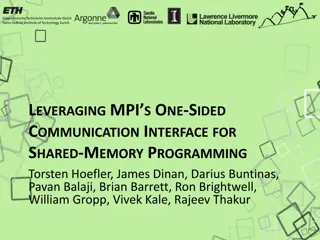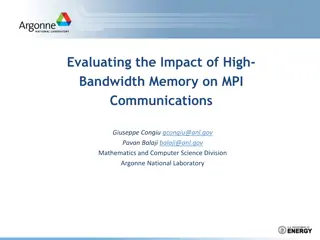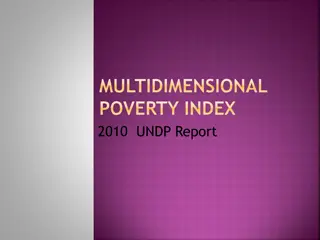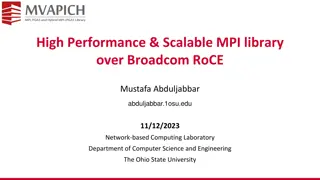Integrated Assessment of Terrestrial ECV Impact in MPI-ESM
Utilizing CCI fire and soil moisture observations to optimize fire model parameters in MPI-ESM. The study focuses on deriving functional relationships to enhance accuracy in predicting fire CO2 emissions and their impact on atmospheric CO2 concentrations compared to CCI GHG data. JSBACH-SPITFIRE fire model, CCI-MERIS data, and burned area assessments are key components of the analysis.
Download Presentation

Please find below an Image/Link to download the presentation.
The content on the website is provided AS IS for your information and personal use only. It may not be sold, licensed, or shared on other websites without obtaining consent from the author.If you encounter any issues during the download, it is possible that the publisher has removed the file from their server.
You are allowed to download the files provided on this website for personal or commercial use, subject to the condition that they are used lawfully. All files are the property of their respective owners.
The content on the website is provided AS IS for your information and personal use only. It may not be sold, licensed, or shared on other websites without obtaining consent from the author.
E N D
Presentation Transcript
Terrestrial ECV assessment [WP3.4] Integrated assessment of CCI terrestrial ECVs impact in the MPI-ESM Aim - to use CCI fire and soil moisture observations to derive functional relationships to optimize fire model parameters constrained by land cover type resulting fire CO2 emissions will be translated into atmospheric CO2 concentrations and compared to CCI GHG -
Terrestrial ECV assessment [WP3.4] Fire Model in MPI ESM - JSBACH-SPITFIRE JSBACH - SPITFIRE (Lasslop et al., 2014) State of the art process based fire model fully integrated in the MPI-ESM reflects the fire triangle : a fire needs an ignition source and fuel and the fuel has to be dry enough Fuel moisture Fuel availability Ignition Source
Terrestrial ECV assessment [WP3.4] burned area [% of grid box] (2006-2008) CCI-MERIS / CCI Merged GFEDv3 / GFEDv4 JSBACH SPITFIRE v1/v2
Terrestrial ECV assessment [WP3.4] burned area [% of grid box] CCI-MERIS / CCI Merged CCI SM GFEDv3 / GFEDv4 & JSBACH SPITFIRE v1/v2
Terrestrial ECV assessment [WP3.4] CCI FIRE burned area [% of grid box] Normalized fraction of burned area [%] CCI-MERIS / CCI Merged CCI SM GFEDv3 / GFEDv4 & JSBACH SPITFIRE v1/v2 Soil Moisture [%]
Terrestrial ECV assessment [WP3.4] CCI FIRE burned area [% of grid box] Normalized fraction of burned area [%] CCI-MERIS / CCI Merged CCI SM GFEDv3 / GFEDv4 & CCI MERIS burned area peaks at a higher soil moisture compared to GFED products and the distribution is wider CCI MERGED burned area are higher for high soil moisture (>25%) compared to ESA MERIS or GFED JSBACH-SPITFIRE peaks at a too high soil moisture and the distribution is too wide JSBACH SPITFIRE v1/v2 Soil Moisture [%]
Terrestrial ECV assessment [WP3.4] we varied two parameters in JSBACH SPITFIRE to optimize width and peak position of the soil moisture / burned area relationship in ~70 experiments running from 1850 to 2006 (a) conversion soil moisture to fuel moisture (b) ignition rate width of the distribution peak position a lower fuel moisture improves the peak position, while lower ignition rates improve the width of the distribution improvements are however small, i.e. default values perform reasonable well further not well constrained parameters in the fire model are currently tested
